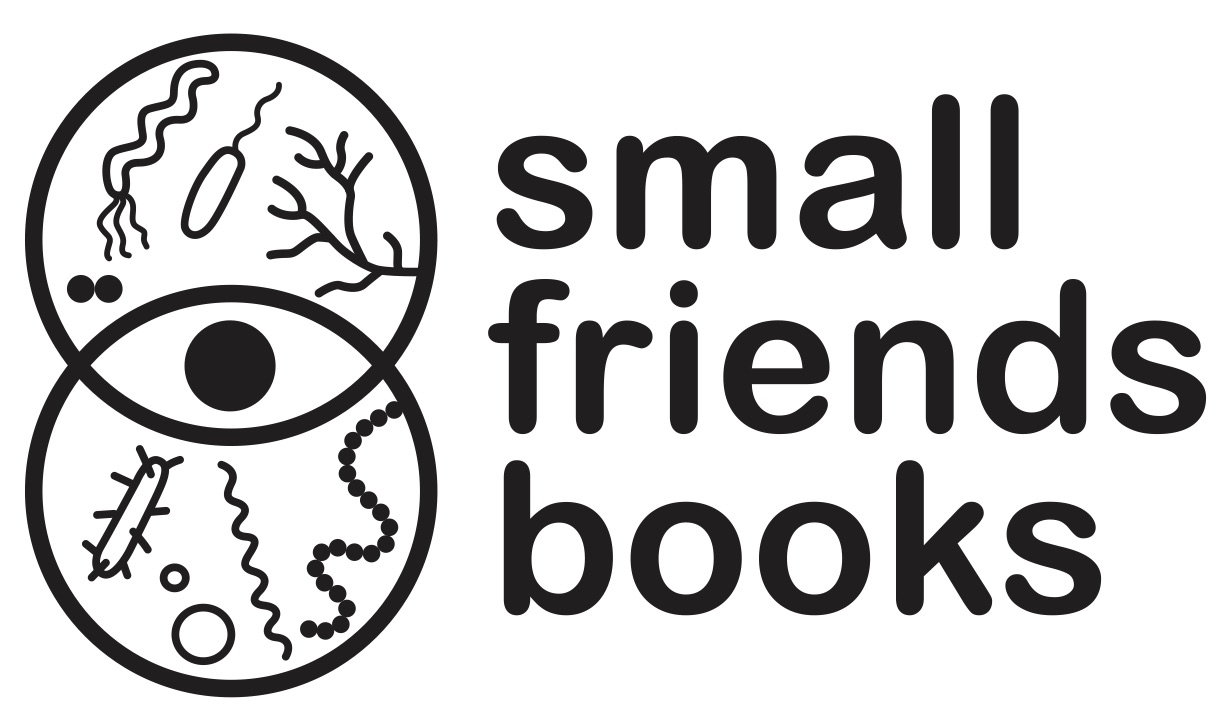On our journey up to QLD, Scale Free Network(ers) Briony Barr and Gregory Crocetti encountered a chap named Clinton, who lived in a beautiful rainforest home in a hidden little valley of Mullumbimby. Without having even mentioned that we were working on The Invisible War - Clinton told us he was the keeper of a Logie - awarded to his dearly departed friend Megan Williams.
Before we knew it, the Logie award was in front of us, showing that Megan Williams won 'Most Popular Actress in a single drama/mini-series' for her work in ANZACs.
Megan is also remembered for her role as Alice Watkin Sullivan in the famous Australian tv series 'The Sullivans'. And with a little digging, we discovered that Megan had played the role of Sister Kate Baker in the 1985 TV mini-series ANZACs, which was a hit for Channel 9.
ANZACs was the first dramatic role for Paul (hoges) Hogan of Australian Tax evasion and Crocodile Dundee fame, but Megan Williams was the real star of the series, winning the only individual Logie.
It's so great to see the role of an ANZAC nurse given Australia's premier TV award so many years ago!
As a rather amazing coincidence, the lovely lady at Auspcious Arts - who manages our project funding from the Department of Veterans Affairs - is also named Megan Williams.










